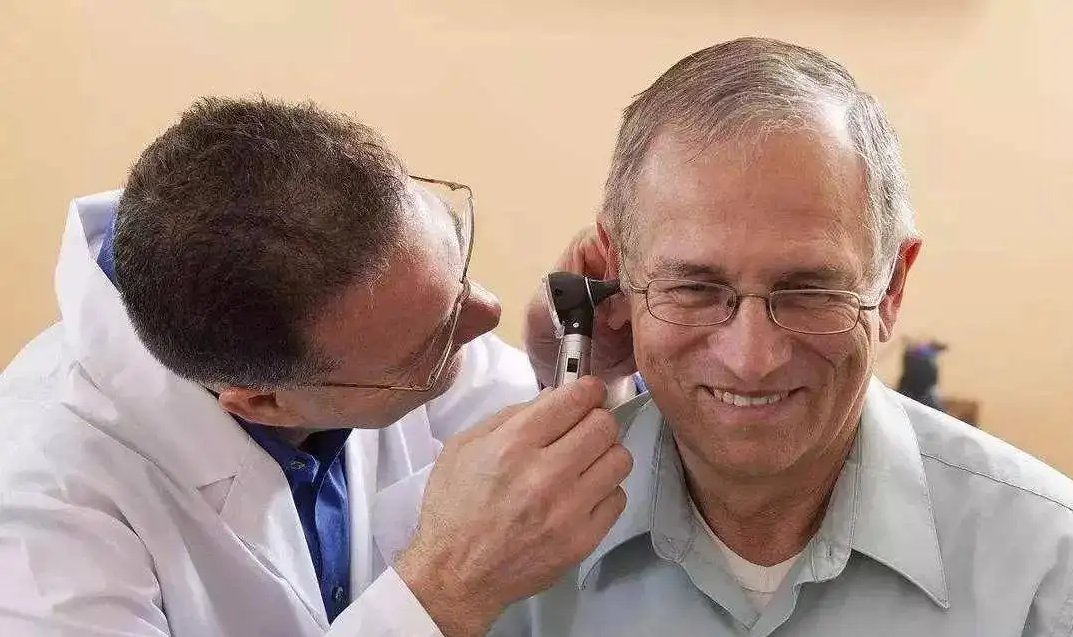Just like everything else in life, your hearing aids also have wear and tear. If you have issues with your hearing aids, such as you can’t hear out of your hearing aids, or your hearing aids sounded muffle or weak. There are several things you can troubleshoot by yourself before you give a call to your audiologist.
Check the receiver and the wax guard
The Receiver is where the amplified sounds come out of the hearing aid, and a lot of time that’s also the part of the hearing aid that sits inside your ear. Due to the nature of where the hearing aid receiver sits, earwax, dry skills and debris can easily cover up the receiver. The hearing aid receiver is small, it does not take a lot of earwax or debris to cover it up. When earwax or debris covers up the receiver, you would perceive the hearing aid sounded weak, muffled, or just not working at all. To resolve this issue, you need to check the receiver and the wax guard that’s sitting on top of the receiver.
With most hearing aids nowadays, there is usually a little wax guard or wax filter sitting on top of the receiver, and the wax guard is interchangeable. Your audiologist or your hearing health care professional would be the one that can show you how to change the wax guard.
Check the hearing aid microphones
Hearing aid microphones are the part of the hearing aid that’s constantly scanning and picks up any sounds in the environment. The microphones are also the part of the hearing aid that’s exposed to the outside world the most; therefore, dust or debris from the outside world can cover up the hearing aid microphones over time. If the microphones are covered up with dust or debris, sounds from the environment would not be able to enter the hearing aid and get processed easily. To clean the hearing aid microphones, you can use a little cleaning brush to generally brush off the microphones or the surface of the body of the hearing aid.
Check the hearing aid batteries
Hearing aids are electronic devices, they need batteries to work. If you forgot to change the hearing aid batteries or charge your hearing aids, the hearing aids will not work. If you use traditional batteries, on average, you would need to change the hearing aid batteries at least about once a week. If you have rechargeable hearing aids, you would need to charge your hearing aids daily. Once you are fully charged with your hearing aids, you would have enough battery for the hearing aids to last you about 16 – 24 hours.
Any incidents happened to the hearing aids?
Some of the incidents that could happen to hearing aids such as:
- Did you get your hearing aid wet?
- Did you accidentally step on the hearing aid?
- Did you drop the hearing aid on hard surfaces, such as concrete floors?
Your hearing aids are pretty durable; however, if any of the incidents that are listed above happened to the hearing aids, it could impact how well you hear out of the hearing aids.
Change in your hearing sensitivities
Your hearing aids are programmed to the most recent hearing test results, if your hearing sensitivity has been worsening, then the original hearing aid program settings that have been saved in your hearing aids would not be sufficient for your hearing loss. At any time, if you are suspecting a change to your hearing sensitivity, you should follow up with your hearing care professional to have your hearing re-tested and program your hearing aids to your updated hearing test results.
You are used to the loudness of the hearing aids
If it is your first time wearing hearing aids, to avoid sounds sounding too loud or sounding too overwhelming for you, many audiologists at first would under-amplify you. This means your hearing aids initially are not programmed to be 100% where you are supposed to be, based on your hearing loss and the prescriptions that are in the hearing aid software.
Instead, your audiologist might program your hearing aids to 80%, based on how you respond in the audiologist’s office. With 80% amplification, you the patient is still getting some amplifications, but you are not fully where you are supposed to be. By doing so, you won’t feel overwhelmed, or things won’t sound too loud for you once you leave the audiologist’s office. Over time, you would get used to the hearing aids’ volumes, and you might feel that the hearing aids are not loud enough. These are some signs to the audiologist that you are ready for more volumes, so they can turn your hearing aids up to 100%, which again that’s where you are supposed to be.

